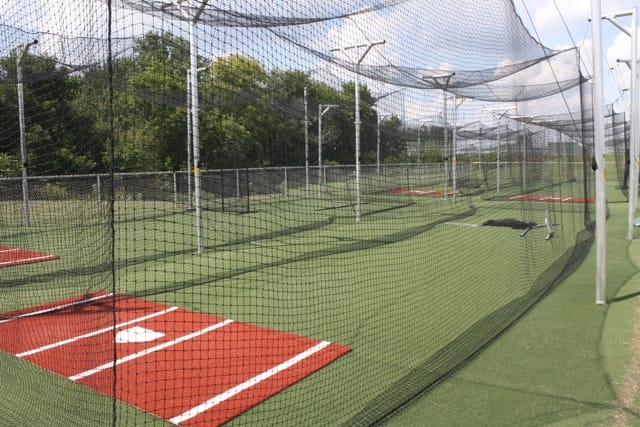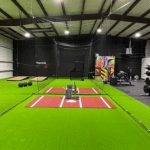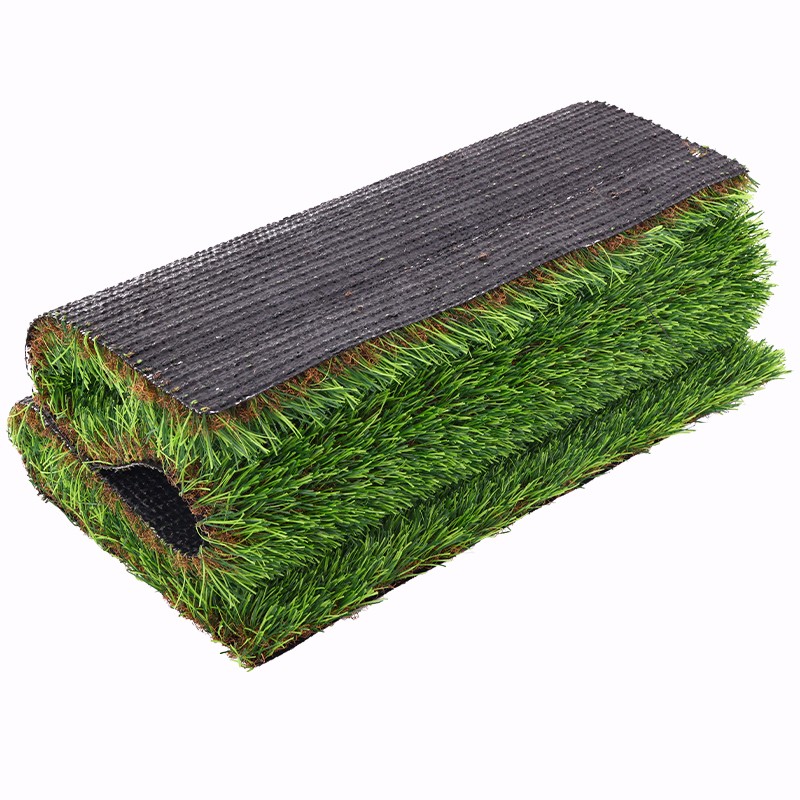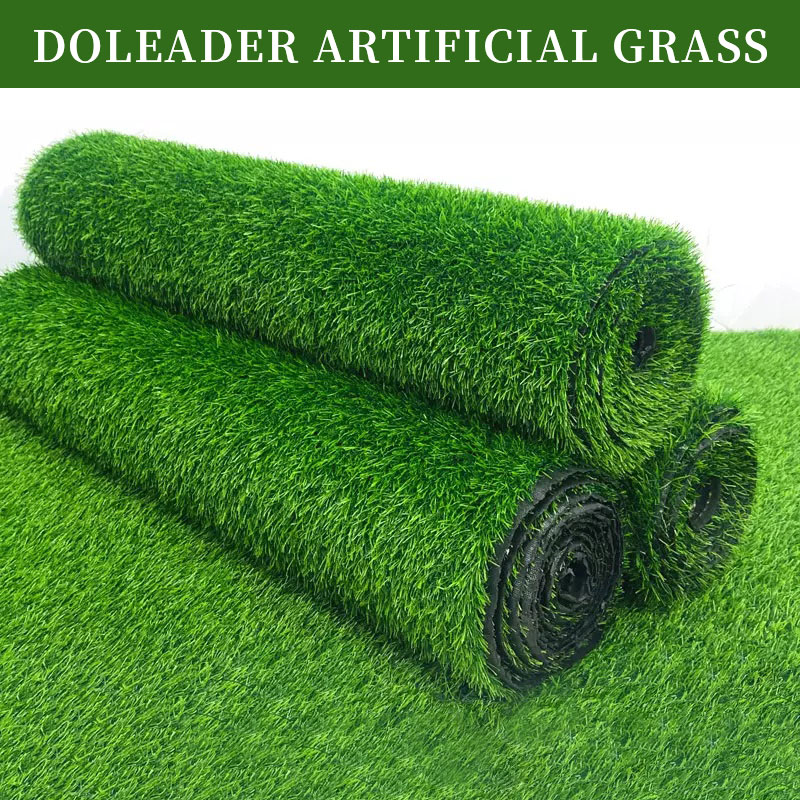
When it comes to setting up an outdoor batting cage, the surface you choose is crucial. Unlike indoor facilities, outdoor cages are exposed to the elements, including sunlight, rain, and temperature fluctuations. That’s why selecting the right turf specifically designed for outdoor use is essential for ensuring a safe, durable, and high-performing practice environment.
Outdoor batting cage turf is engineered to withstand the harsh conditions of outdoor exposure while still providing the necessary properties for effective batting practice. Here are some key factors to consider when choosing turf for your outdoor batting cage:
- UV Resistance: Direct sunlight can cause significant damage to turf fibers over time, leading to fading, brittleness, and degradation. Look for turf that is specifically designed with UV-resistant fibers and coatings to protect against the sun’s harmful rays.
- Drainage: Outdoor turf needs to have excellent drainage capabilities to prevent water pooling and ensure a safe, dry surface for practice. Look for turf systems with built-in drainage layers or perforated backing that allows water to quickly drain away.
- Temperature Tolerance: Extreme heat or cold can affect the performance and longevity of turf fibers. Outdoor batting cage turf should be able to withstand a wide range of temperatures without becoming brittle or losing its resilience.
- Fiber Type: The type of synthetic fiber used in outdoor turf is crucial for durability and performance. Nylon and polyethylene fibers are common choices for their strength, resilience, and ability to provide a realistic ball bounce.
- Infill: Some outdoor turf systems use infill materials, such as rubber or sand, to help weigh down the fibers and provide additional cushioning and ball response. Consider the pros and cons of different infill types for your specific needs.
- Backing: The backing material of outdoor turf should be strong and stable, able to withstand the elements and maintain its integrity over time. Look for turf with reinforced backing or multi-layer constructions for added durability.
Investing in high-quality outdoor batting cage turf may come at a higher upfront cost, but it will pay off in the long run by providing a safe, consistent, and long-lasting practice surface. With the right turf in place, your outdoor batting cage will be a valuable asset for hitters of all ages and skill levels, rain or shine.










